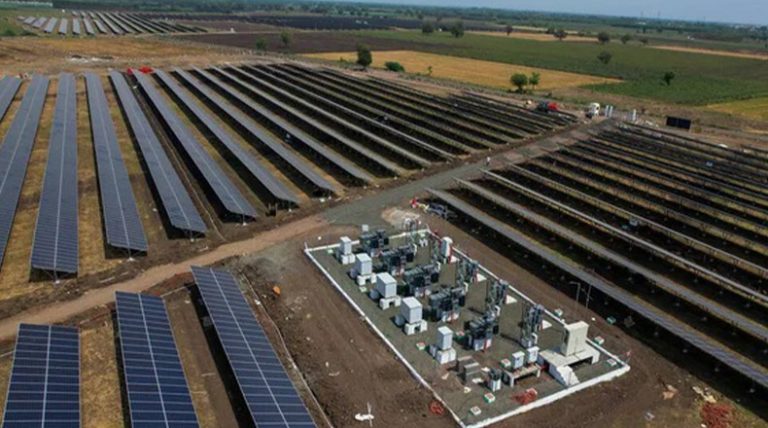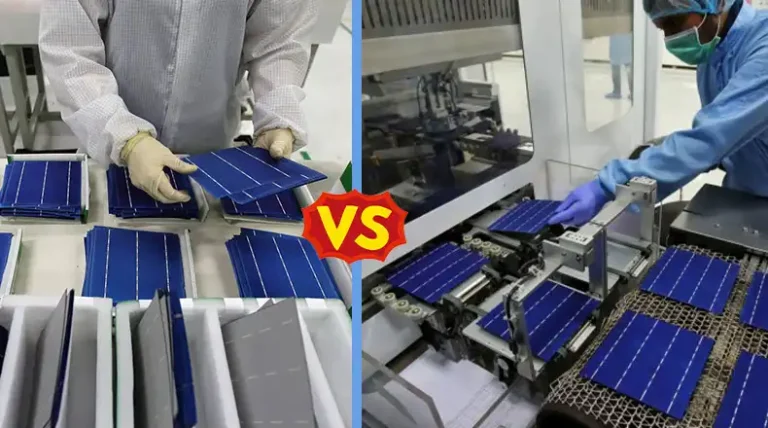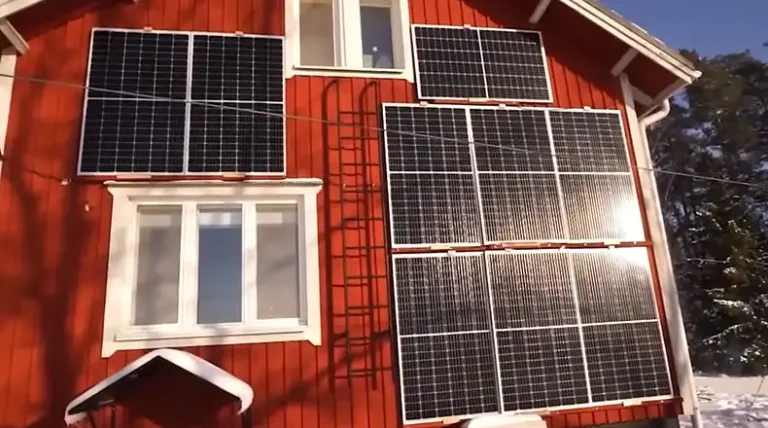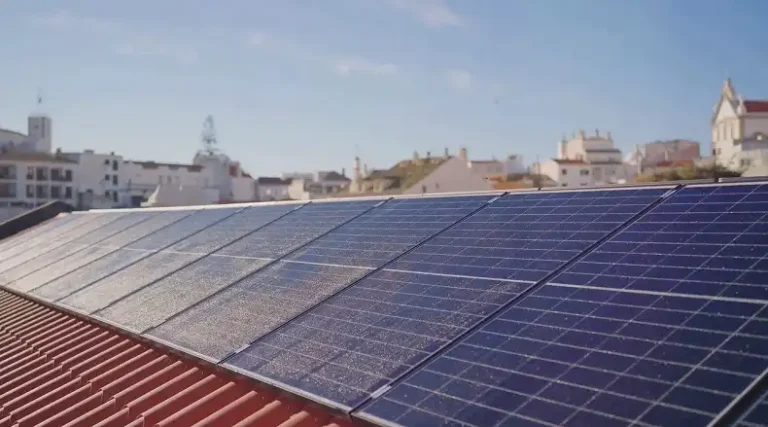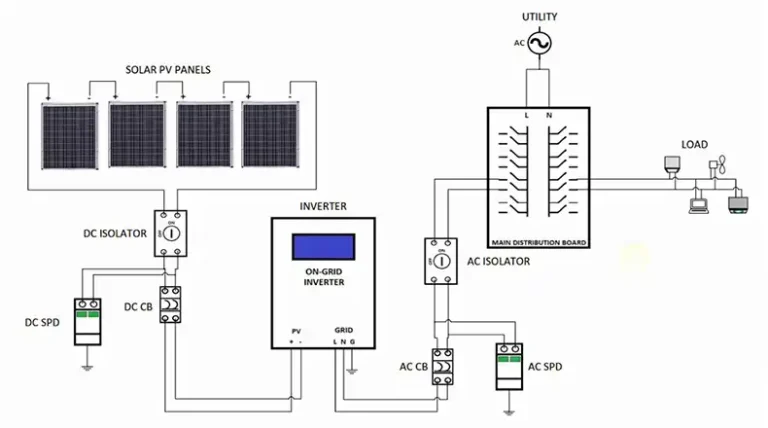How Does Location Play A Role In Solar Energy Efficiency?
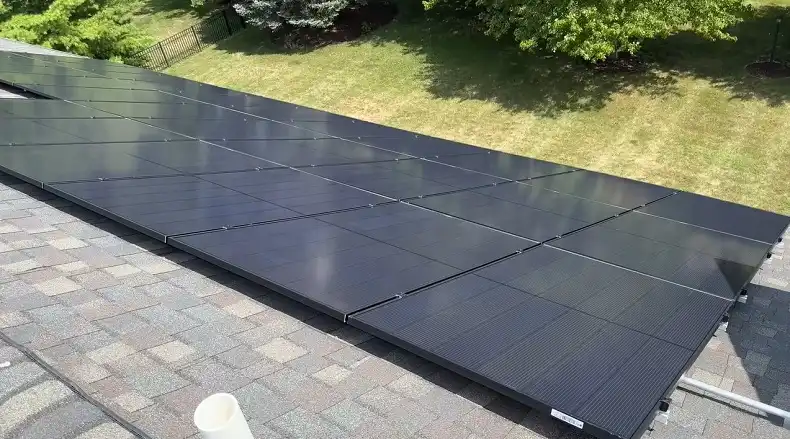
Solar energy has become an increasingly popular choice for homeowners and businesses looking to reduce their reliance on traditional power sources and minimize their environmental impact.
However, the efficiency of solar energy systems is heavily influenced by various factors, with location playing a crucial role.
Understanding how location impacts solar energy efficiency is essential for maximizing the performance of solar panels and ensuring the best return on investment. Factors such as latitude, climate, shading, and panel orientation all contribute to the overall effectiveness of a solar energy system.
By carefully considering these elements and optimizing solar panel placement, property owners can harness the full potential of solar power and reap the benefits of this clean, renewable energy source.
In this article, we’ll explore the key factors that determine solar energy efficiency and provide insights on how to make the most of your solar panel installation based on your specific location.
Factors Affecting Solar Energy Efficiency
The efficiency of solar energy systems is influenced by various factors, many of which are directly related to the location where the panels are installed. Understanding these factors can help you make informed decisions about your solar panel setup and maximize its potential.
1. Geographic Location
Geographic location plays a significant role in determining the amount of solar energy available for harvesting. Two key aspects of geographic location impact solar energy efficiency:
Latitude and longitude
The position of a location on the Earth’s surface, defined by its latitude and longitude coordinates, affects the angle at which sunlight reaches solar panels.
Generally, areas closer to the equator receive more direct sunlight throughout the year, making them ideal for solar energy production.
Distance From The Equator
As you move further away from the equator, the sun’s path across the sky becomes lower, resulting in less direct sunlight hitting solar panels.
This doesn’t mean solar energy isn’t viable in higher latitudes, but it may require more careful planning and potentially larger systems to achieve the same energy output as locations closer to the equator.
2. Climate and Weather Conditions
The local climate and weather patterns have a significant impact on solar energy efficiency. Here are the key factors to consider:
Sunlight Intensity And Duration
Regions with clear, sunny skies for most of the year naturally have an advantage when it comes to solar energy production. The intensity of sunlight and the number of daylight hours directly affect how much energy solar panels can generate.
Cloud Cover And Precipitation
Frequent cloud cover and high levels of precipitation can reduce the amount of sunlight reaching solar panels, impacting their efficiency. However, modern solar panels can still generate electricity on cloudy days, albeit at a reduced rate.
Temperature Effects
Contrary to popular belief, extremely hot temperatures can actually decrease solar panel efficiency. While solar panels need sunlight to function, they operate more efficiently in cooler temperatures. Areas with moderate climates often provide an ideal balance for solar energy production.
3. Shading and Obstructions
The presence of shading or obstructions near solar panels can significantly impact their performance. Trees, buildings, or other structures that cast shadows on solar panels can reduce their energy output. Even partial shading on a single panel can affect the performance of the entire system.
4. Land Use and Availability
The available space for solar panel installation is another location-dependent factor. Urban areas might have limited roof space or face zoning restrictions, while rural areas may have more flexibility for large-scale solar installations.
The type of land use in an area can also influence the feasibility and cost-effectiveness of solar energy systems.
Optimal Solar Panel Placement
Achieving optimal solar panel placement is crucial for maximizing energy production. Let’s explore the key considerations for positioning your solar panels effectively.
1. Solar Panel Orientation
The orientation of solar panels plays a vital role in their efficiency. Here are two important aspects to consider:
Direction (north, south, east, west)
In the northern hemisphere, solar panels generally perform best when facing true south. This orientation allows them to capture the maximum amount of sunlight throughout the day. However, slight deviations from due south (within 30 degrees) can still provide good results.
Time-of-use considerations
In some areas, particularly those with time-of-use electricity pricing, it may be beneficial to orient panels slightly southwest. This setup can capture more afternoon sun when electricity demand and prices are typically higher, potentially increasing the value of the energy produced.
2. Solar Panel Angle/Tilt
The angle at which solar panels are installed also impacts their efficiency:
Relationship To Latitude
As a general rule, the optimal tilt angle for fixed solar panels is roughly equal to the latitude of the location. For example, if you’re located at 40 degrees latitude, a tilt angle of about 40 degrees would be ideal.
Seasonal Adjustments
For those with adjustable mounting systems, changing the tilt angle seasonally can further optimize energy production. Steeper angles work better in winter when the sun is lower in the sky, while flatter angles are more effective in summer.
3. Roof Considerations
For residential installations, the characteristics of your roof play a significant role in solar panel placement:
Roof Tilt
The existing slope of your roof will influence the natural tilt of your solar panels. While not all roofs have the ideal angle, modern mounting systems can often adjust the panel tilt to some degree.
Roof Direction
The direction your roof faces is crucial. South-facing roof sections are typically ideal in the northern hemisphere, but east and west-facing roofs can also be viable options, especially with the increasing efficiency of modern solar panels.
4. Ground-Mounted Options
For properties with ample land or unsuitable roof conditions, ground-mounted solar systems provide an alternative. These systems offer more flexibility in terms of orientation and angle, allowing for optimal positioning regardless of existing structures.
Maximizing Solar Energy Efficiency
To get the most out of your solar energy system, consider implementing these strategies:
1. Conducting Assessments
Before installation, conduct a thorough solar site assessment. This evaluation should consider factors like sun exposure, shading, and potential obstructions. Professional solar installers often use specialized tools to measure solar access and predict system performance.
2. Using Solar Trackers
Solar tracking systems adjust the position of panels throughout the day to follow the sun’s path. While more expensive than fixed systems, trackers can significantly increase energy production, especially in locations with long daylight hours.
3. Regular Cleaning And Maintenance
Keep your solar panels clean and free from debris to ensure they operate at peak efficiency. Regular maintenance checks can also help identify and address any issues promptly, maintaining the system’s performance over time.
Benefits of Efficient Solar Energy Systems
Optimizing your solar energy system based on location can lead to several advantages:
1. Reduced Electricity Bills
A well-designed and efficiently placed solar system can significantly lower your reliance on grid electricity, resulting in substantial savings on your energy bills over time.
2. Environmental Impact
By maximizing the efficiency of your solar energy system, you’re increasing the amount of clean, renewable energy produced. This contributes to reducing carbon emissions and combating climate change.
3. Increased Property Value
Homes with optimized solar energy systems are often more attractive to potential buyers, potentially increasing property values. The promise of lower energy costs and environmental benefits can be a strong selling point.
Final Words
Location plays a pivotal role in determining the efficiency of solar energy systems. By carefully considering factors such as geographic position, climate, panel orientation, and placement, you can significantly enhance the performance of your solar installation.
Whether you’re in a sun-drenched desert or a more temperate climate, understanding these location-specific considerations allows you to make informed decisions and maximize the benefits of solar energy.
Remember, while location is crucial, advancements in solar technology continue to improve panel efficiency across various conditions.
Consulting with solar energy professionals can help you navigate these factors and design a system that best suits your specific location and energy needs.
Frequently Asked Questions
1 Why Is The Location Important For Solar Energy?
Location is crucial for solar energy because areas closer to the equator and in arid climates typically receive more sunlight, known as insolation, than other regions. Higher insolation levels mean more solar energy can be generated, making these locations ideal for solar power systems.
2. How Does The Location Of Solar Energy Affect The Environment?
The location of solar energy installations can have ecological impacts. For example, installing solar panels in desert areas might disrupt local wildlife habitats. Conversely, placing solar farms on previously developed or less ecologically sensitive land can minimize environmental disruption.
3. Does Location Matter For Solar Panels?
Yes, location matters for solar panels. In most cases, the optimal direction for solar panels is facing south, as this orientation maximizes sunlight exposure throughout the day. The effectiveness of solar panels can also be influenced by factors like shading, roof angle, and local climate.
4. What Geographical Locations Are Best For Solar Energy?
Geographical locations near the equator are best for solar energy because they receive the most consistent and intense sunlight year-round. Regions with clear skies and minimal cloud cover are particularly ideal for generating solar power.
5. Which Location Would Be Best For Solar Energy?
The best location for solar energy is a site with a south-facing roof or area that receives unobstructed sunlight throughout the day. This orientation ensures maximum solar energy capture, making it highly efficient for solar power generation.

